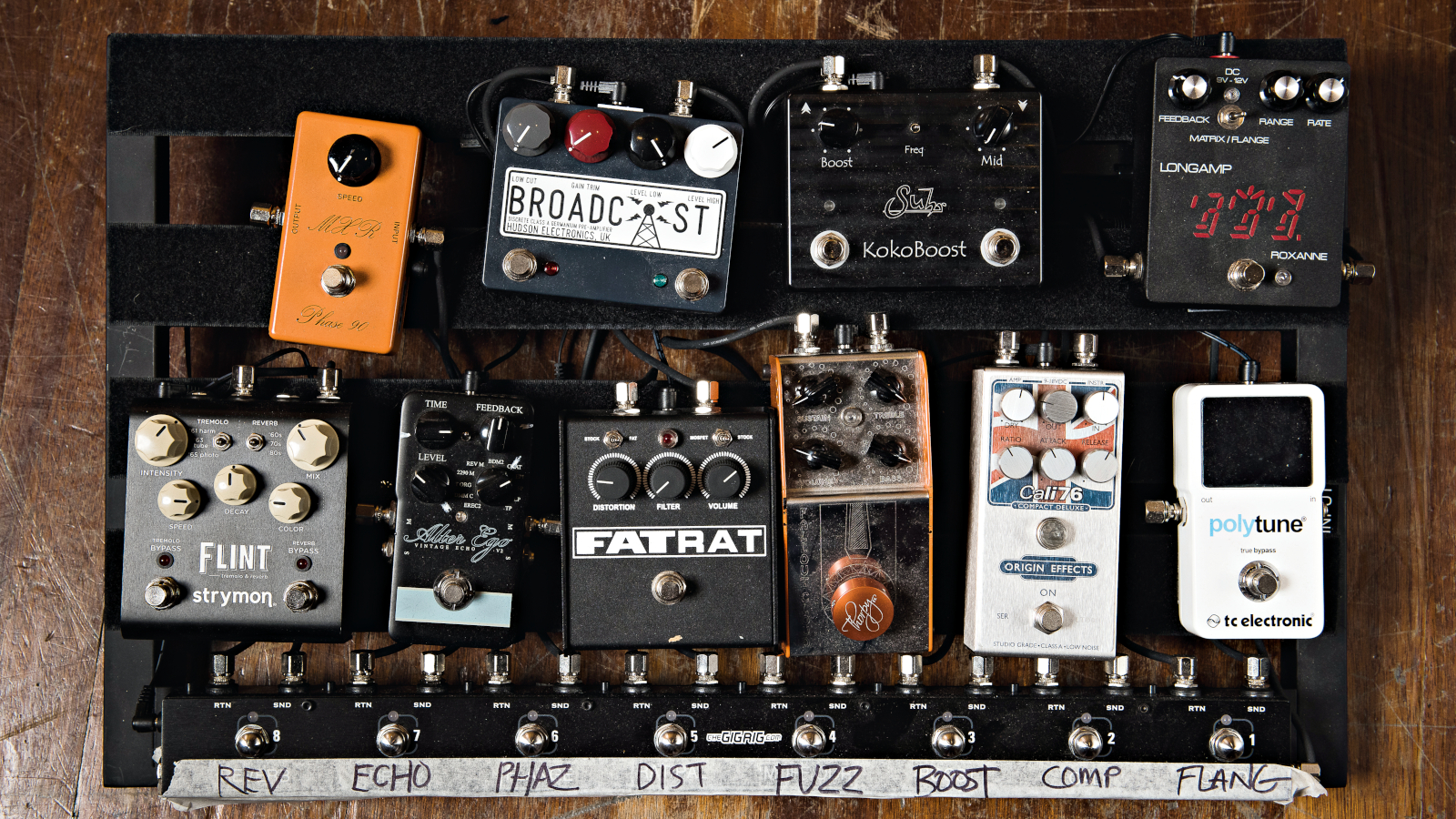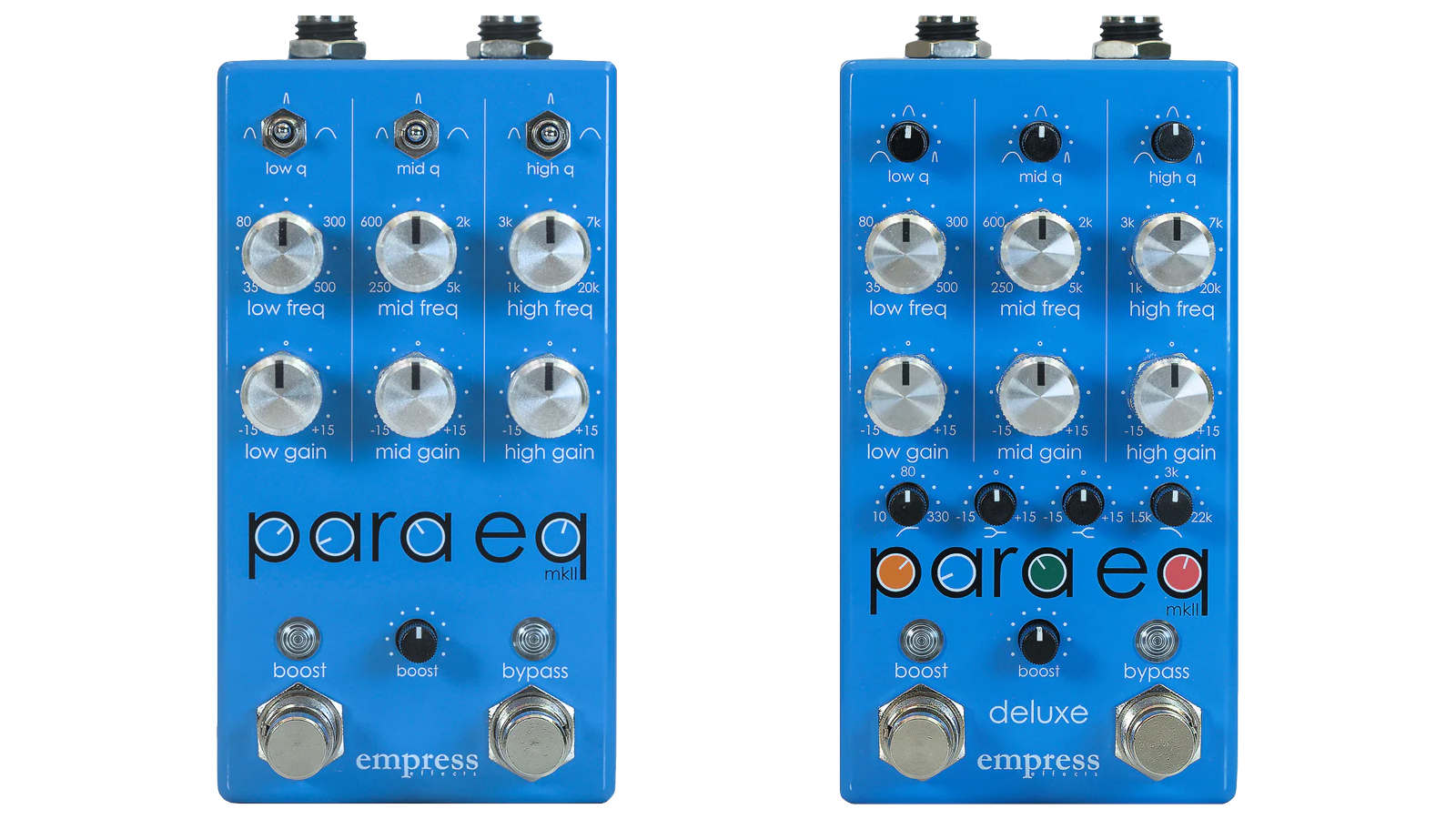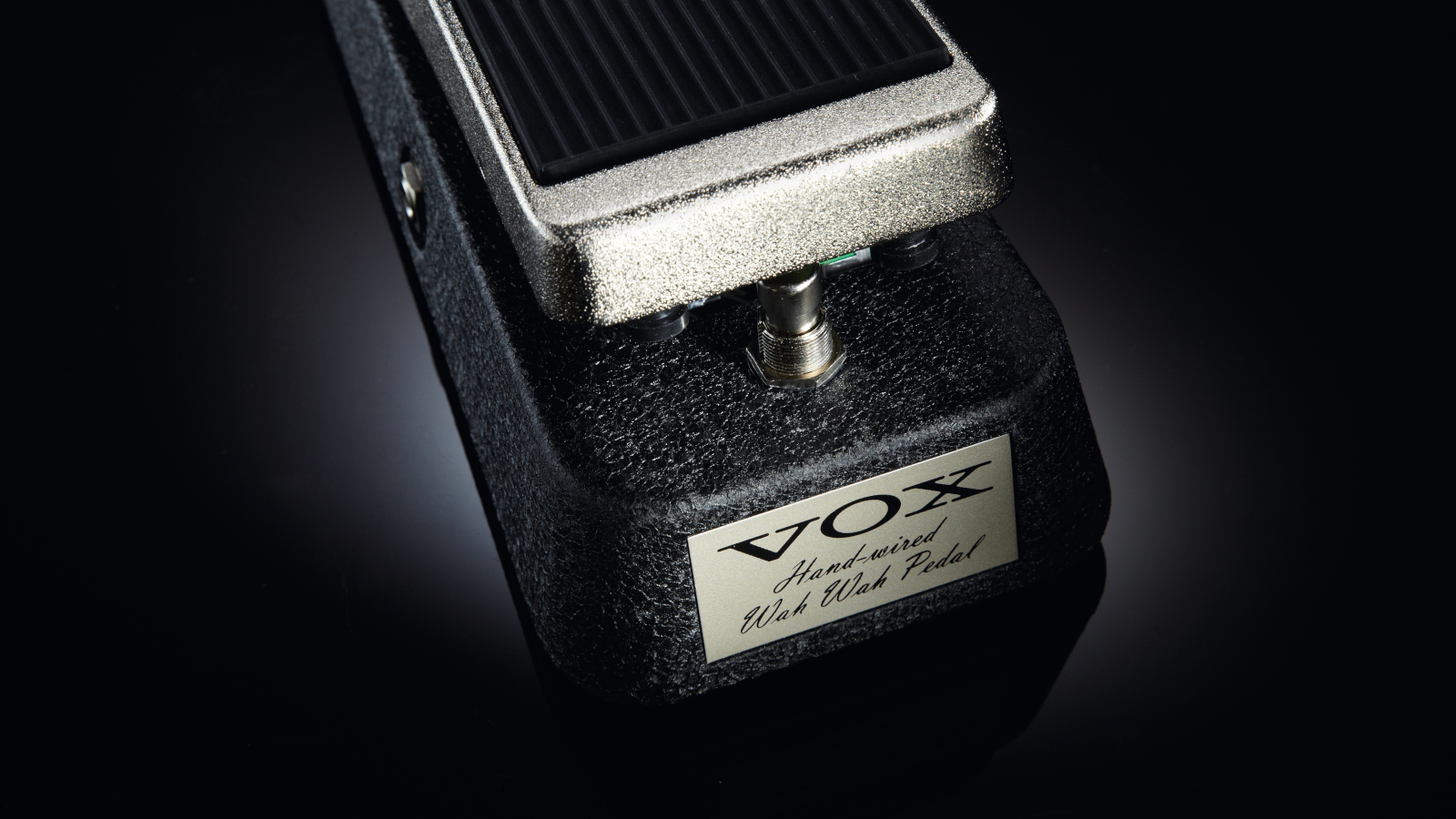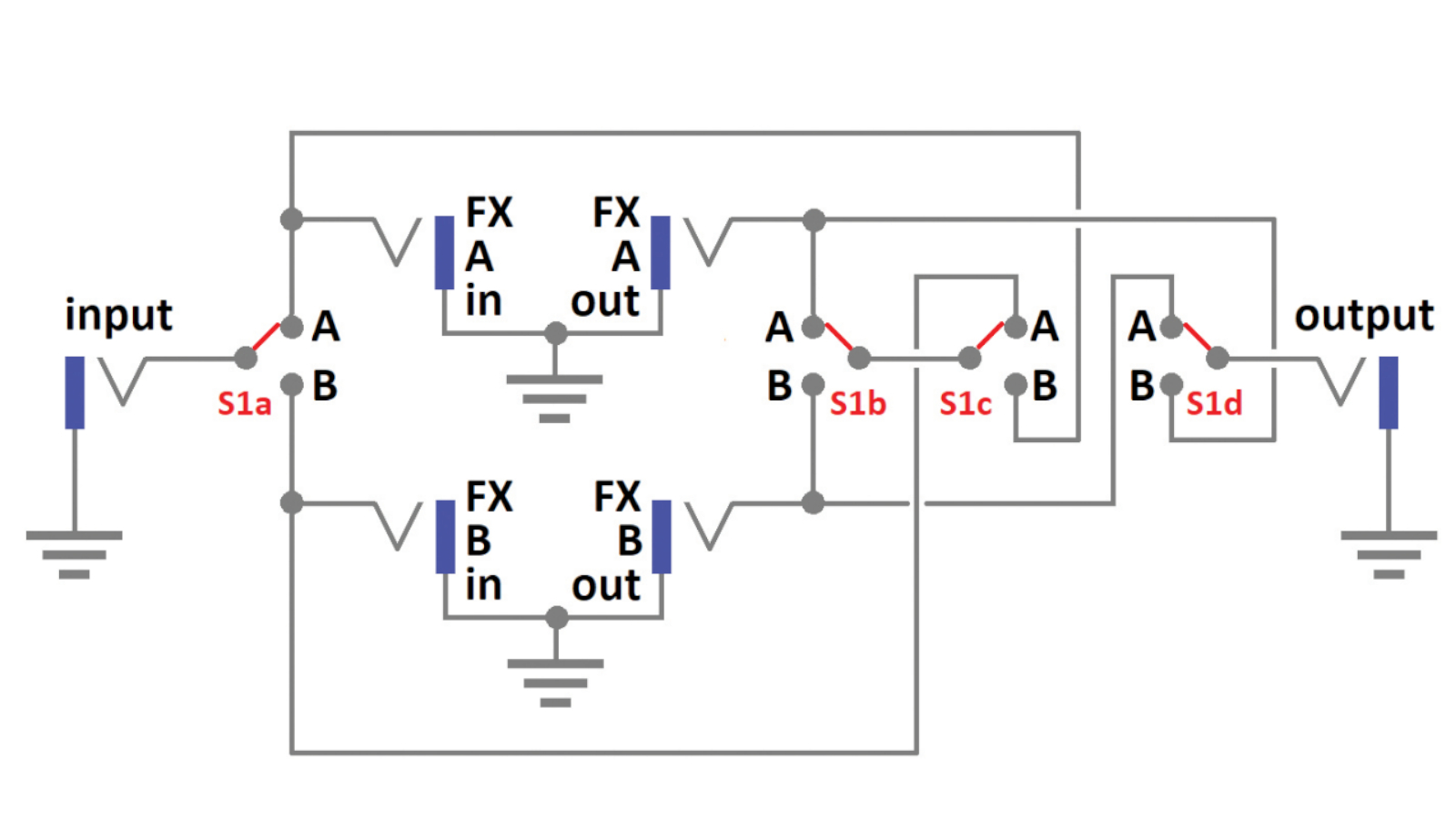Discover New Sounds and Get More From Your Pedals With These Simple Tips
These alternative pedal order options are bound to inspire

People often ask about the “proper” order of effects in an effects chain: Should pedal A be before or after pedal B?
I think the best answer is, Try it both ways, and find out for yourself!
Playing with effects should be fun, and there’s nothing like a happy accident to make your day.
Sure, there’s a “standard” order:
- Effects that need an unprocessed guitar sound (octave dividers, envelope followers, pitch trackers, synth pedals)
- Dynamics processors (compressors, noise gates)
- Overdrive/distortion effects
- Modulation effects (chorus, tremolo)
- Time-altering effects (delay, reverb)
- Volume pedal
But why be normal? Instead, let’s play with some nonstandard options.
EQ

An EQ pedal can go in multiple locations. Placing it after distortion alters the distortion timbre, but placing it before distortion can change how the distortion reacts.
For example, with a 3 kHz boost, higher notes (such as those played in solos) will go into distortion sooner.
All the latest guitar news, interviews, lessons, reviews, deals and more, direct to your inbox!
Trimming response below about 150 Hz tightens the lows, and cutting highs above 6 or 7 kHz reduces harshness.
I prefer EQ before and after distortion.
Wah

Like EQ, placing wah after distortion changes the timbre.
Placing it in front of heavy distortion creates a cutting, animated sound that, when you move the pedal, resembles a synthesizer’s hard-sync sound – the wah emphasizes certain frequencies, which get heavier distortion.
It’s a cool sound. Envelope filters before distortion can give the same kind of effect.
Tremolo

As a modulation effect, tremolo typically follows distortion; the distortion sound is the same, but its level varies.
With tremolo before distortion, the amplitude variations alter the drive going to the distortion, so the level doesn’t change as much, but the sound varies between mild distortion and heavy distortion.
Volume Pedal

This usually goes at the end to control the master volume, but putting it before distortion varies the drive.
Pulling it all the way down should still cut your output.

Now, let’s put theory into practice.
Fig. 1 shows a passive switching circuit that reverses the order of two effects. You’ll need a 4PDT (four-pole double-throw) switch for this.
Patch the FX A input to the FX A in jack, the FX A output to the FX A out jack, and patch FX B similarly.
With the switch in position A, the order is A>B. With position B, it’s B>A.
This also lets you switch two series chains of effects instead of just single effects.
Who knows what you’ll discover by trying different effects orders.
Visit craiganderton.org for articles, videos and free downloads.
